59+ Sample Summary Reports
-
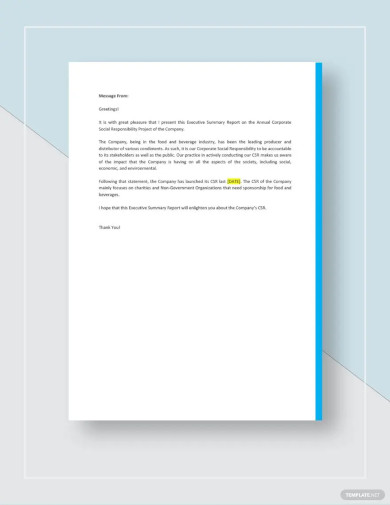
Executive Summary Report Template
download now -
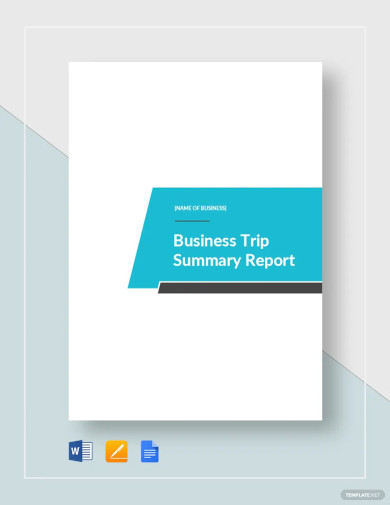
Business Trip Summary Report Template
download now -
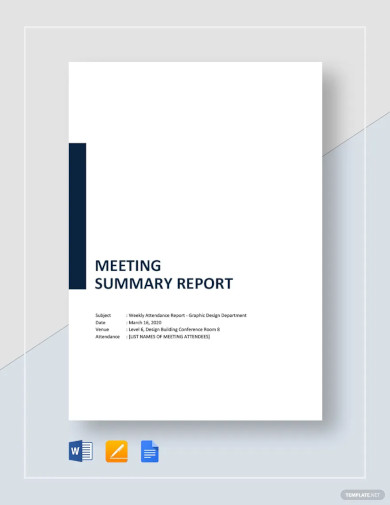
Meeting Summary Report Template
download now -
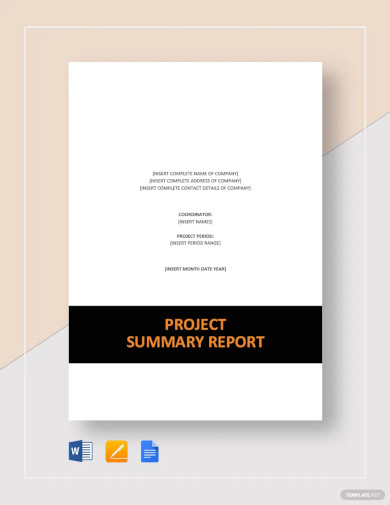
Project Summary Report Template
download now -
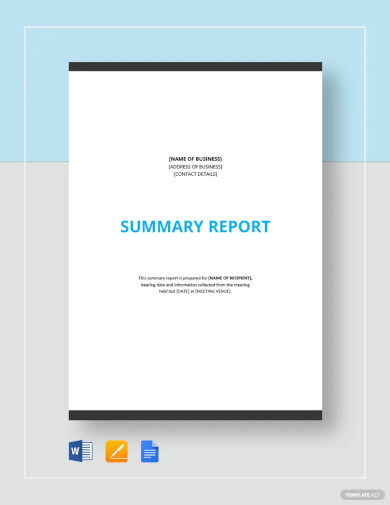
Summary Report Template
download now -
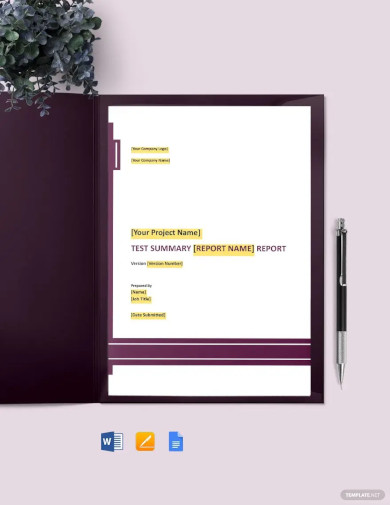
Test Summary Report Template
download now -

Report – Test Summary Template
download now -

Weekly Summary Report Template
download now -
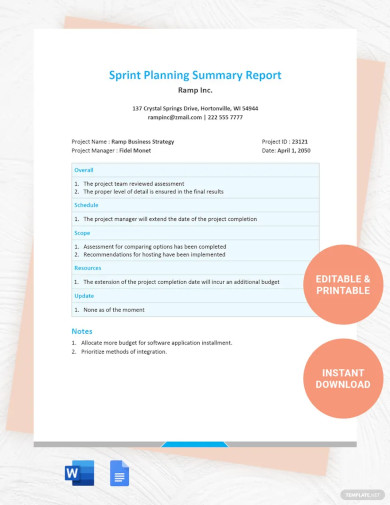
Sprint Planning Summary Report Template
download now -
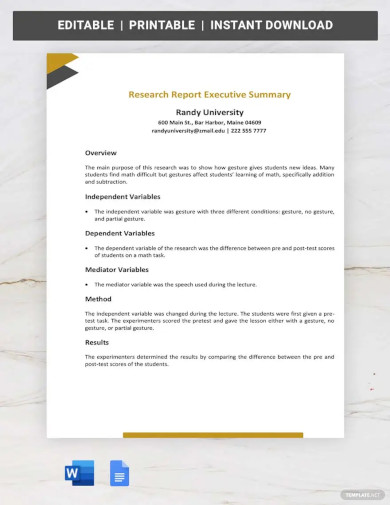
Research Report Executive Summary Template
download now -
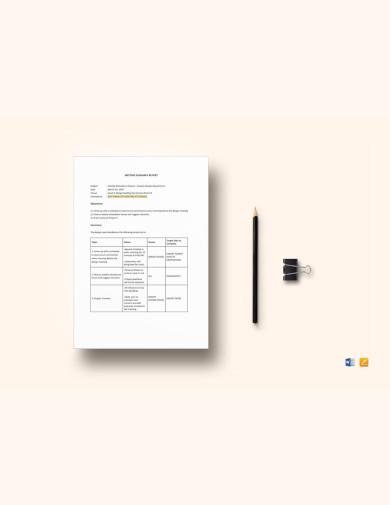
Sample Meeting Summary Report Template
download now -
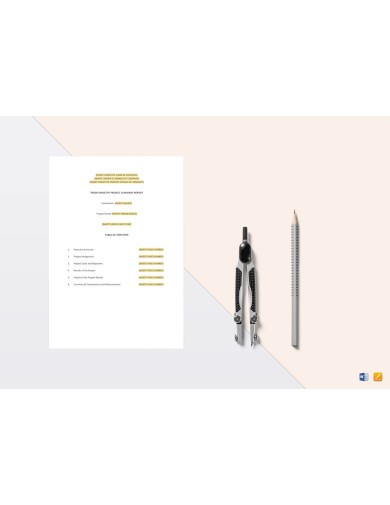
Basic Project Summary Report Template
download now -
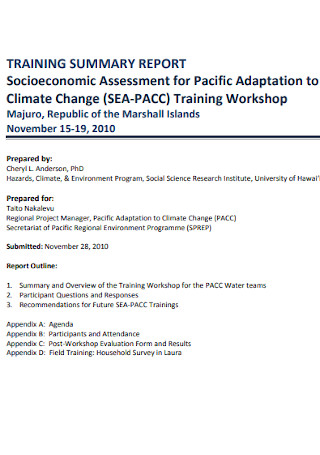
Training Summary Report
download now -

Test Summary Report Template
download now -

Summay Report Plan Template
download now -
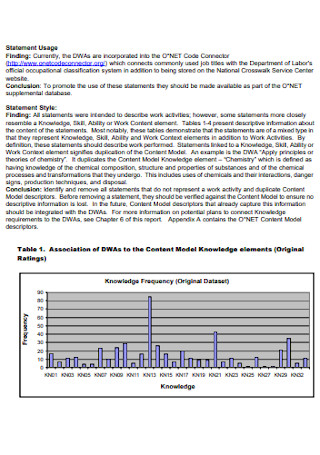
Work Summary Report
download now -
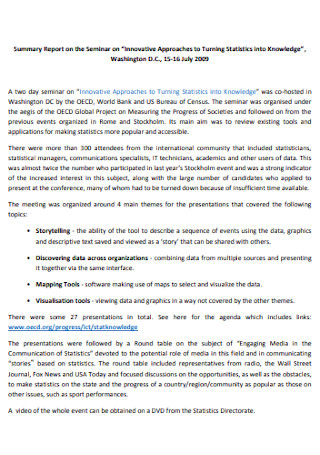
Seminar Summary Report
download now -
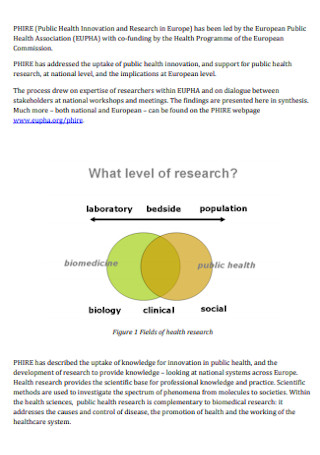
Sample Summary Report Template
download now -
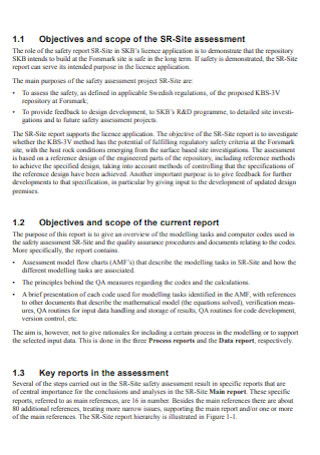
Safety Assessment Summary Report
download now -

Gaming Account Summary Report
download now -
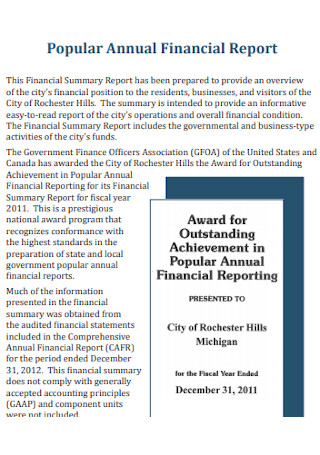
Annual Financial Summary Report
download now -
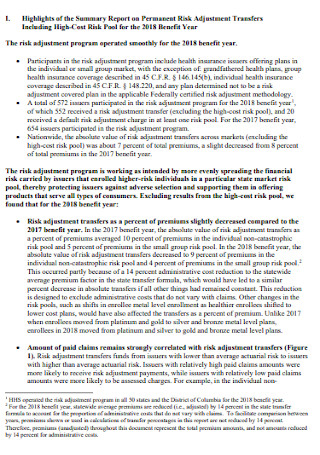
Risk Adjustment Summary Report
download now -

Conference Summary Report
download now -
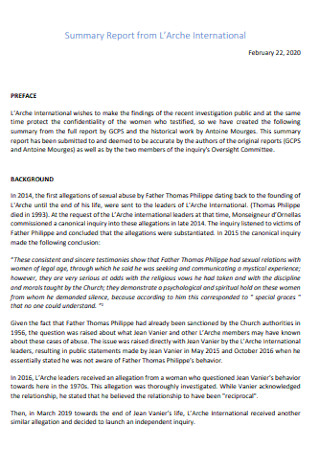
Basic Summary Report Template
download now -

Leave Summary Report
download now -
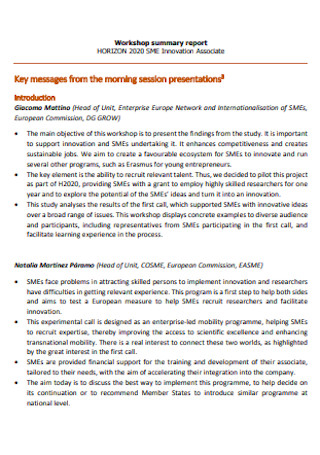
Workshop Summary Report
download now -
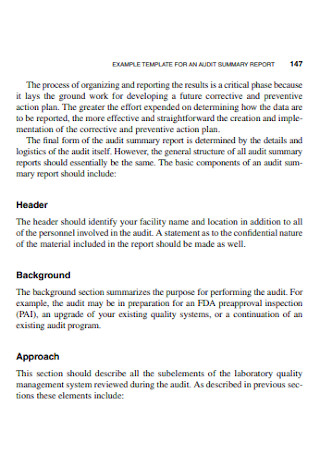
Audit Summary Report Template
download now -

Webinar Summary Report
download now -
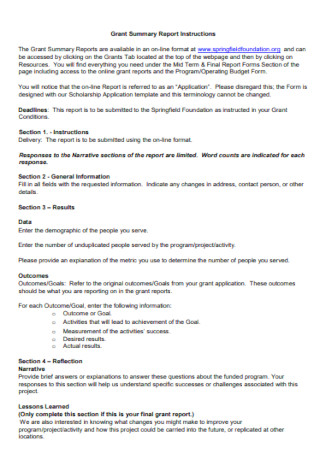
Grant Summary Report
download now -

Test Summary Report Template
download now -
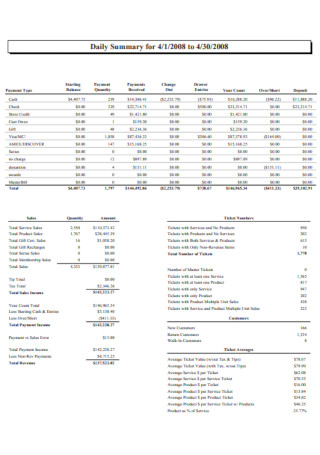
Daily Summary Report
download now -
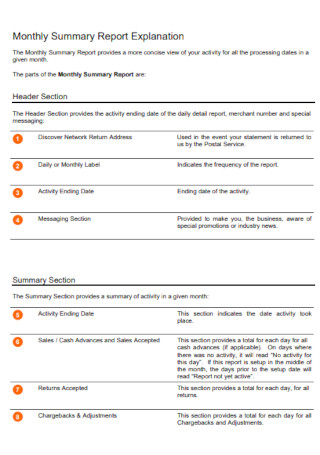
Monthly Summary Report
download now -
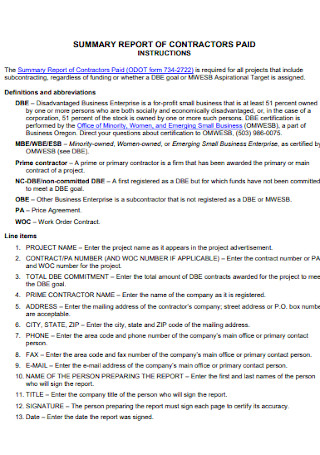
Summary Report of Contractors
download now -
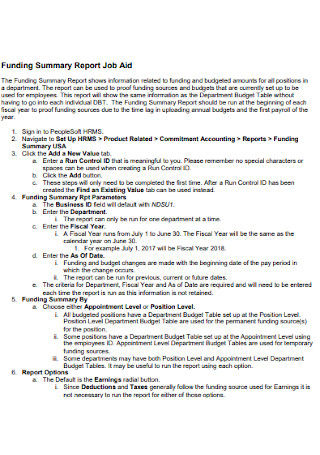
Funding Summary Report
download now -

Summary of Monthly Payroll Report
download now -

Business Summary Report
download now -

Internship Excutive Summary Report
download now -

Industry Summary Report
download now -
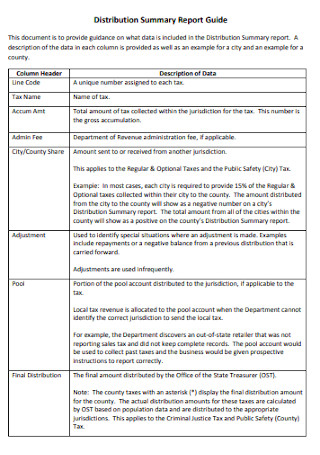
Distribution Summary Report
download now -
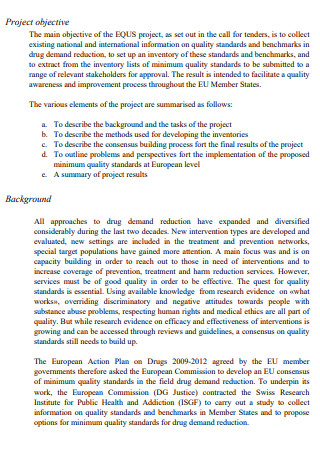
Summary of Final Report
download now -
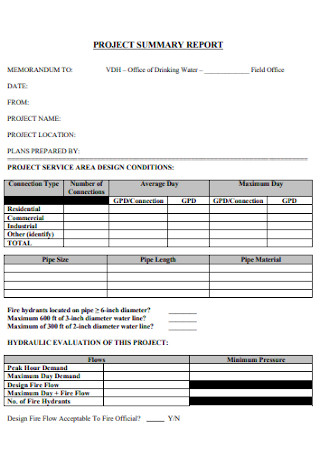
Sample Project Report Template
download now -
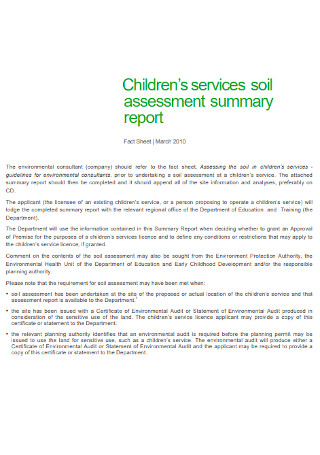
Children Service Summary Report
download now -
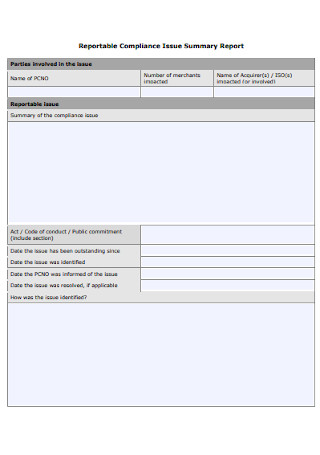
Reportable Compliance Issue Summary Report
download now -
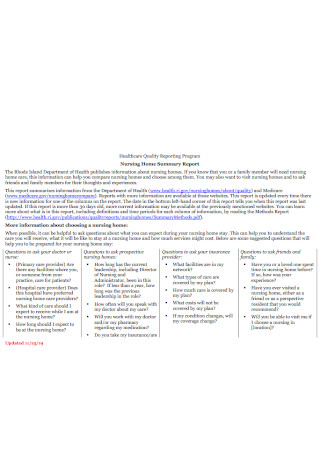
Nursing Home Summary Report
download now -

Nutrition Executive Summary Report
download now -
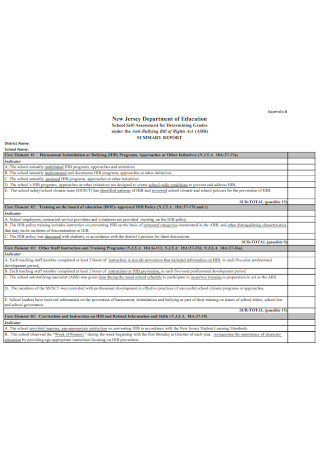
Education Summary Report
download now -
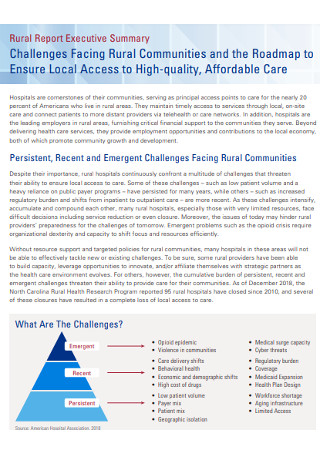
Rural Executive Summary Report
download now -
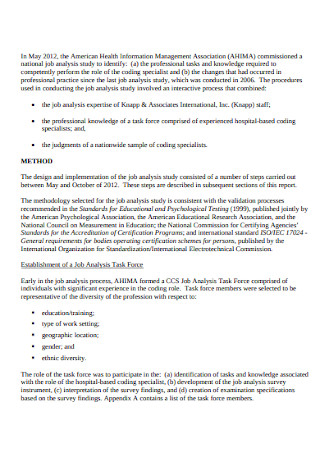
Job Analysis Summary Report
download now -
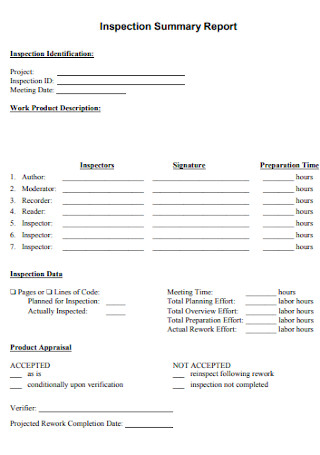
Inspection Summary Report
download now -
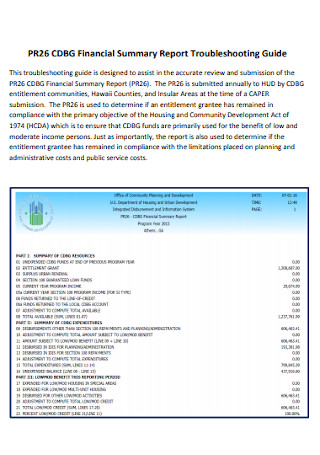
Financial Summary Report
download now -
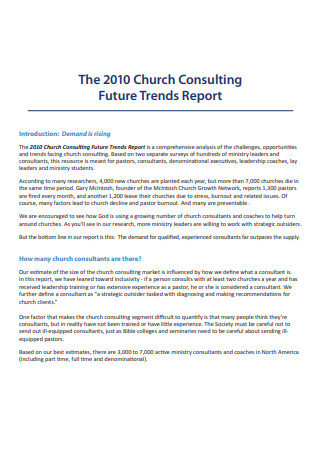
Church Summary Report
download now -
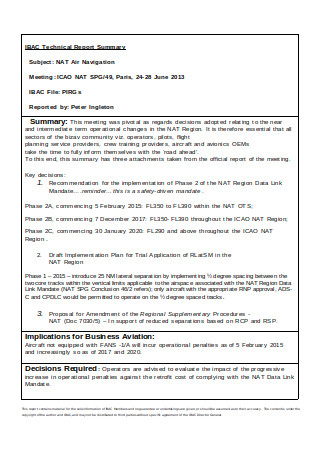
Technical Summary Report Template
download now -

Annual Summary Report Example
download now -

Demolition Summary Report
download now -

Package Qualification Summary Report
download now -
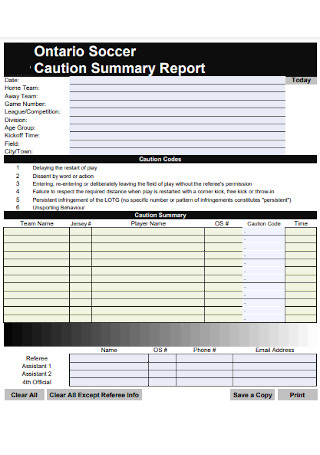
Caution Summary Report
download now -
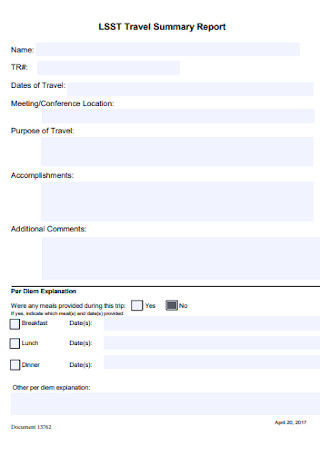
Travel Summary Report
download now -
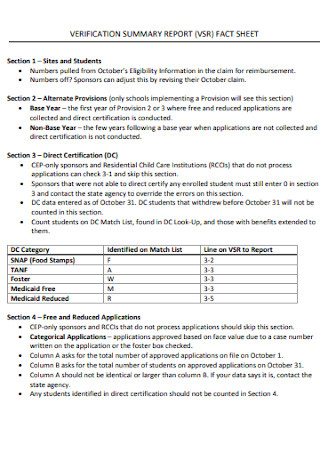
Sample Verification Summary Report
download now -
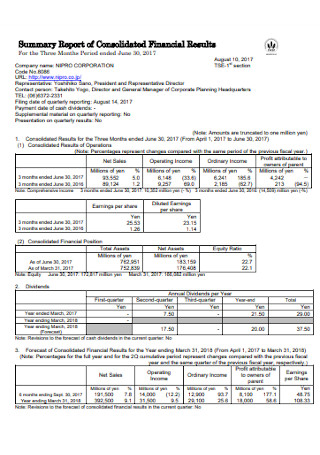
Summary Report of Consolidated Financial Results
download now -

Protocol Summary Report
download now
FREE Summary Report s to Download
59+ Sample Summary Reports
What Is a Summary Report?
The Qualities of an Effective Summary Report
The Two Main Techniques to Write Summaries
How to Make a Decent Summary Report
FAQs
What is a project summary report?
How is a summary report written?
How long is a summary report?
What Is a Summary Report?
A summary report refers to any type of report where the whole report itself is written in a shorter and more direct-to-the-point version. Nonetheless, a summary report has a variety of functions depending on its context. For example, a summary report for book reports presents the overall story of a book chronologically in simpler and shorter terms. In a financial cost report, it may be summarized from the average list of commissions and total sales only rather than showing the whole calculations in real-time. And the summary report’s goal action plan and intention should be clearly defined per application so its data will be correct and relevant.
According to Hunter College, there are two techniques to write summaries—the short-text summary and the long-text summary. And they are easily identified by their number of pages.
What Is the Purpose of a Summary Report?
Indeed, summary reports vary in function depending on their context or application. But generally, there are three main purposes to a summary report. First, the report introduces the reader to the brief details of the subject being talked about. Basically, the report brings out the gist of its data rather than discussing everything detail by detail. That way, readers need not spend too much time understanding a report, particularly if the original report was a hundred pages long. Next, an important purpose of a summary report is to help with data analysis.
The analysis in a summary report comes in many forms from evaluating a subject’s issue or status, drawing conclusions, and formulating recommendations. So even if a document is short, the meat of the report should still be there to fulfill its own purpose. And the last important purpose of standard summary reports is to convince stakeholders or readers why taking action is very important on the matter. So whether the results or data recorded in the report are good or bad, an action plan should follow. Thus, a summary report is not only for documentation purposes but for a lot of significant functions.
The Qualities of an Effective Summary Report
A summary report is not simply about making an executive summary of your subject. In fact, you should be concerned about its quality rather than the quantitative elements of a report alone. So in this segment, you will learn about the four major qualities that you can say a summary report has top-notch quality.
The Two Main Techniques to Write Summaries
Hunter College suggests that there are two main techniques in writing summaries. These are the long-text summary and the short-text summary. And besides distinguishing their dichotomy according to their length in pages, what exactly are they? In this segment, you will learn about what the two techniques are for your summary report and how different they are.
Long-Text Summary
If your report covers the long-text summary, then it is likely that your summary report contains more than ten pages. In this case, you can’t just write a single sentence per paragraph because texts may be longer. And a tip is to create a proper text outline where instead of a lengthy paragraph, you break it down into sections. Hence, group them according to their common element, along with supporting details to properly explain your thought. Another summary per section is expected, and as discussed with the four qualities of a summary report, you should observe them here too.
Short-Text Summary
When the summary is a one-page business plan document or fewer than ten pages, it belongs to the short-text summary. In this example, a single sentence summary of every paragraph will suffice; there is no need to write two or more sentences for each. And ensure that your one whole sentence summarizes the text distinctly. Observe the four qualities again, and the short-text summary is very keen when it comes to eliminating any repetitive statement. So do not repeat ideas of the same thought. But be sure to complete the summary with a coherent thought.
How to Make a Decent Summary Report
Now that you learned a summary report’s meaning, its purpose, qualities, and the two summary techniques, writing an acceptable summary report should get easier for you. And things could not have been simpler with a detailed guide on how to achieve it. So in this section, create a summary report effectively using six easy steps.
Step 1: Make an Outline of Your Report
The report outline marks the very foundation of your summary report. That means you should already know what sort of report you are summarizing may it be an investigation report, survey report, inspection report, or anything. Most importantly, engage in strenuous research to understand the subject, data, and overall report. When you have a source on what to write for the summary report, then that would be much simpler. Write your outline in a draft since it will be transferred later on.
Step 2: Use a Sample Summary Report Template
All the sample summary reports listed in this post are the many options you can choose to create your report without beginning from scratch. With sample templates, gone are the days you take too long in writing summary reports. Also, be sure the outline you drafted earlier is corrected and finalized because you will move its data to the sample summary report of your choice. And do not forget to make alterations because each sample template is editable to meet your needs.
Step 3: Focus on the Key Points and Relevant Aspects
Since you already know the qualities of a good summary report, then you should know that focusing on the key points and relevant factors is critical. Take a business meeting minutes report to summarize, for example. You would note down the speaker’s name, the exact date, the themes discussed, and other important points. And since you focus on the key parts, ensure that repetitive statements, anecdotes, fillers, and small talks are not part of the report.
Step 4: Keep It Brief and Concise
Of course, reproducing everything written in the original report is not the intention of the summary report. And to clearly summarize it, keep it sample brief or concise. For example, someone who did not attend a two-hour event does not need to learn what happened in the event for exactly two hours. Only get the gist or essential parts. So to manage that, ensure that you know how to divide and label your data according to their importance level. That way, it gets easier to know which parts are worth adding to the document or not.
Step 5: Use Organizers Such as Bullet Points
You can clarify your statements conveniently using organizers from bullet points, organizational charts, infographic figures, etc. This is how you get rid of writing long and complete sentences but rather just break them down into specific words. An example is to list the significant parts of a program with bullet points that are arranged chronologically. Or perhaps, you divide your summary report with tables that are labeled according to the monthly report, weekly report, or daily report.
Step 6: Conduct Fact-Checking and Final Formatting
Even your summary report needs its own evaluation report. This process is for the sake of rectifying errors by ensuring that the data are correct, there are no grammatical mistakes or incomplete words, and more. Besides the data, this marks your chance to observe the final format of your report. Should you print it or submit a digital copy only? You may create your own dashboard to inspect the report from time to time too. And make sure to only submit the summary report if you are confident that its results are sublime.
FAQs
What is a project summary report?
A project summary report gives the breakdown of a project’s scope. Besides the gist of the project, it also tackles the data sources, brief analysis reports, and names of people involved in the project.
How is a summary report written?
Although a summary report’s format varies from one application to another, it is usually written in your personal words. Remember that it should tackle important ideas of the source text only, meaning opinions or feedback is unnecessary.
How long is a summary report?
Summary reports should be much shorter than the main or original text. The common approach of the summary report’s length is around 1/3 of the original text’s length.
Whether you summarize an audit report, training report, internship report, or any event, there really are lots of instances where writing summary reports are needed. So no matter how lengthy or complex the main source of your text is, ensure that your summary makes things much better by being able to explain the main thought and significant aspects of a report in the briefest way possible. And drafting a summary report can certainly make things a lot simpler to prevent the need of explaining subjects that may take hours or days to complete. Download sample summary reports now!
